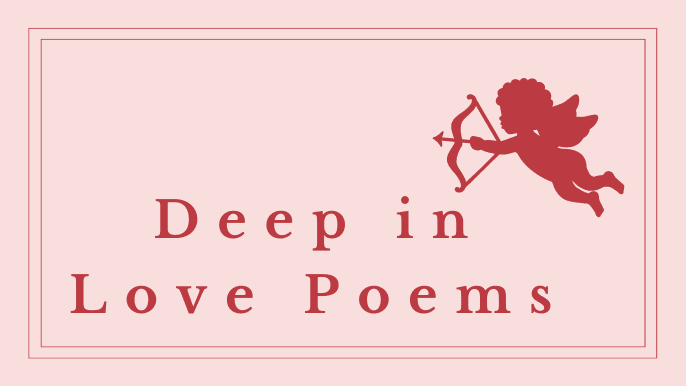
Deep in Love Poems
A Poetic Journey Through the Depths of Emotion
Updated: October 2025
Introduction – When Love Becomes a Living Poem
Few experiences in life carry the same depth, vulnerability, and transformation as being deeply in love.
It is a state that defies logic — both breathtaking and terrifying — where the heart becomes the poet and every heartbeat writes a verse. From Shakespeare’s sonnets to Rupi Kaur’s modern lines, love poetry has always sought to capture this invisible current: the way affection can anchor and unmake us.
This article explores what it truly means to be deep in love — through timeless poems, reflections from history’s greatest poets, and practical insight into how to express love through words. Whether you are discovering poetry for the first time or returning to it as a refuge, this guide invites you to rediscover the art of loving deeply and writing fearlessly.
What Does It Mean to Be Deep in Love?
To be “deep in love” is to experience life in high resolution — where every color, touch, and silence becomes amplified. It’s not simply attraction or comfort; it’s immersion. True love transforms perception, softens ego, and awakens empathy.
In poetry, this depth of emotion manifests as imagery — the ocean, the fire, the storm, the stillness.
It is the poet’s way of saying that love, when genuine, consumes yet creates.
“Love is not love which alters when it alteration finds.”
— William Shakespeare, Sonnet 116
This timeless sonnet reminds us that deep love endures — it is not shaken by circumstance but strengthened by time.
The Many Faces of Deep Love in Poetry
Love Sonnet by Shakespeare
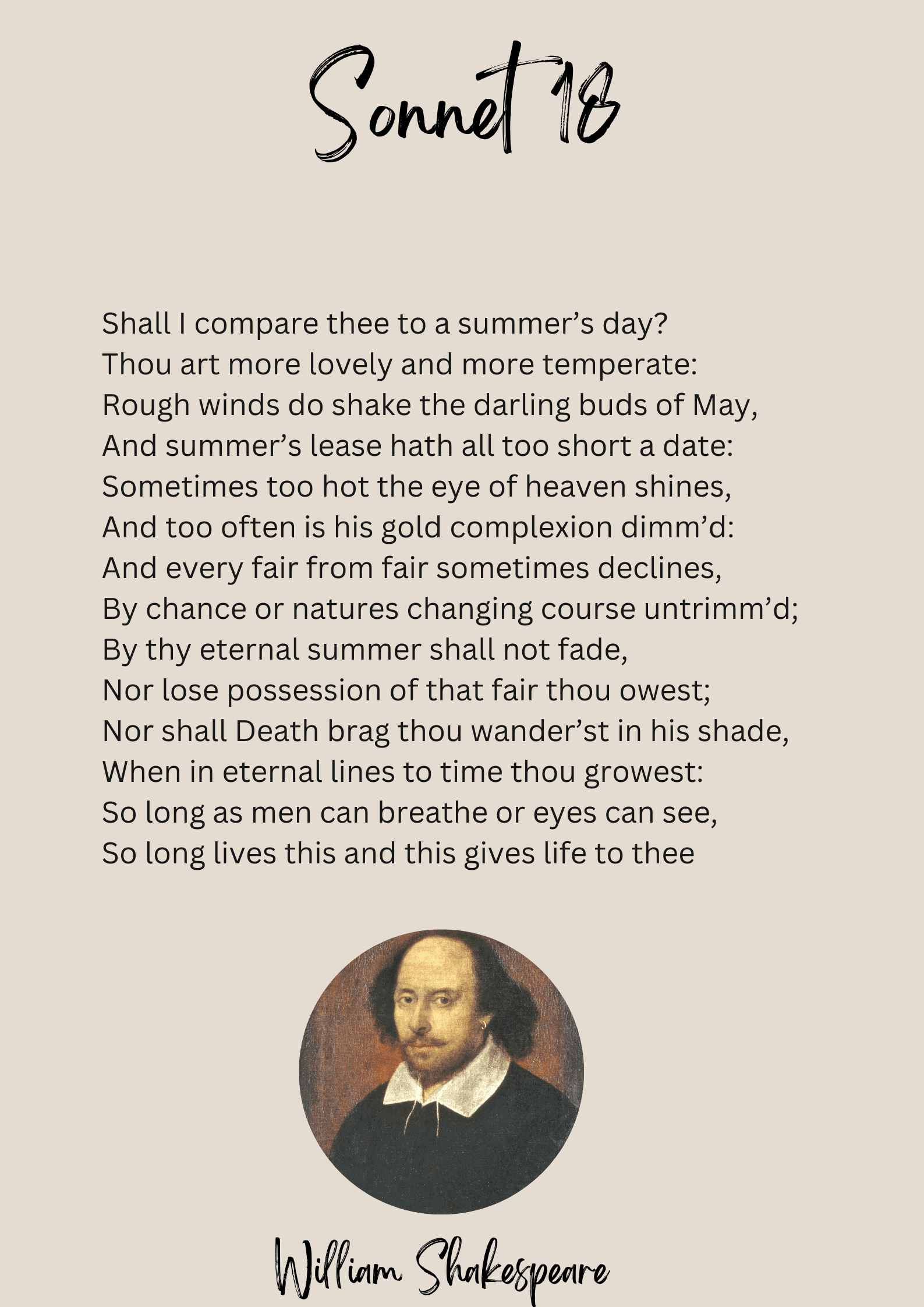 Shakespeare’s love is deep and abiding. He expresses his love in many poems, some of which are dark and mysterious, while others are light and frothy. His love is always intense and never fades.
Shakespeare was undoubtedly one of the most talented writers of all time. His command of the English language was unparalleled. And his ability to capture the human emotions of love, hate, jealousy, anger, and hope in his writing was truly extraordinary.
When it comes to love, Shakespeare knew exactly what he was talking about. He himself was deeply in love with his wife, Anne Hathaway. And it is this deep love that is reflected in his writings on the subject.
In his famous sonnet 116, Shakespeare declared that true love is never-ending and will withstand any test that time might throw at it.
Shakespeare’s deep-in-love poems are full of romantic motifs and allusions to love, but these pieces do not treat love as a sentimental fantasy. Rather, they treat it as a noble, nobler, more moral kind of love. It is an ardent, joyous love, which ignites the heart, brain, and senses. It is also a vocation that is cherished as a matter of course. The Shakespearean lovers who are smitten with each other are destined to be married, a ceremony that should be viewed as an act of love.
In Sonnet 29, Shakespeare shows the redeeming power of love. Despite the speaker’s situation, he still believes that love is the greatest virtue in his life. As a result, he feels fortunate in his circumstances. Though he is separated from others he wants to know, the power of love in his mind improves his outlook.
Shakespeare’s deep-in-love poems depict love as a transcendent force. This love can transcend time, space, and the physical world. It also transcends social pressures and a person’s physical appearance.
Shakespeare’s love is deep and abiding. He expresses his love in many poems, some of which are dark and mysterious, while others are light and frothy. His love is always intense and never fades.
Shakespeare was undoubtedly one of the most talented writers of all time. His command of the English language was unparalleled. And his ability to capture the human emotions of love, hate, jealousy, anger, and hope in his writing was truly extraordinary.
When it comes to love, Shakespeare knew exactly what he was talking about. He himself was deeply in love with his wife, Anne Hathaway. And it is this deep love that is reflected in his writings on the subject.
In his famous sonnet 116, Shakespeare declared that true love is never-ending and will withstand any test that time might throw at it.
Shakespeare’s deep-in-love poems are full of romantic motifs and allusions to love, but these pieces do not treat love as a sentimental fantasy. Rather, they treat it as a noble, nobler, more moral kind of love. It is an ardent, joyous love, which ignites the heart, brain, and senses. It is also a vocation that is cherished as a matter of course. The Shakespearean lovers who are smitten with each other are destined to be married, a ceremony that should be viewed as an act of love.
In Sonnet 29, Shakespeare shows the redeeming power of love. Despite the speaker’s situation, he still believes that love is the greatest virtue in his life. As a result, he feels fortunate in his circumstances. Though he is separated from others he wants to know, the power of love in his mind improves his outlook.
Shakespeare’s deep-in-love poems depict love as a transcendent force. This love can transcend time, space, and the physical world. It also transcends social pressures and a person’s physical appearance.
Lord Byron’s Poems
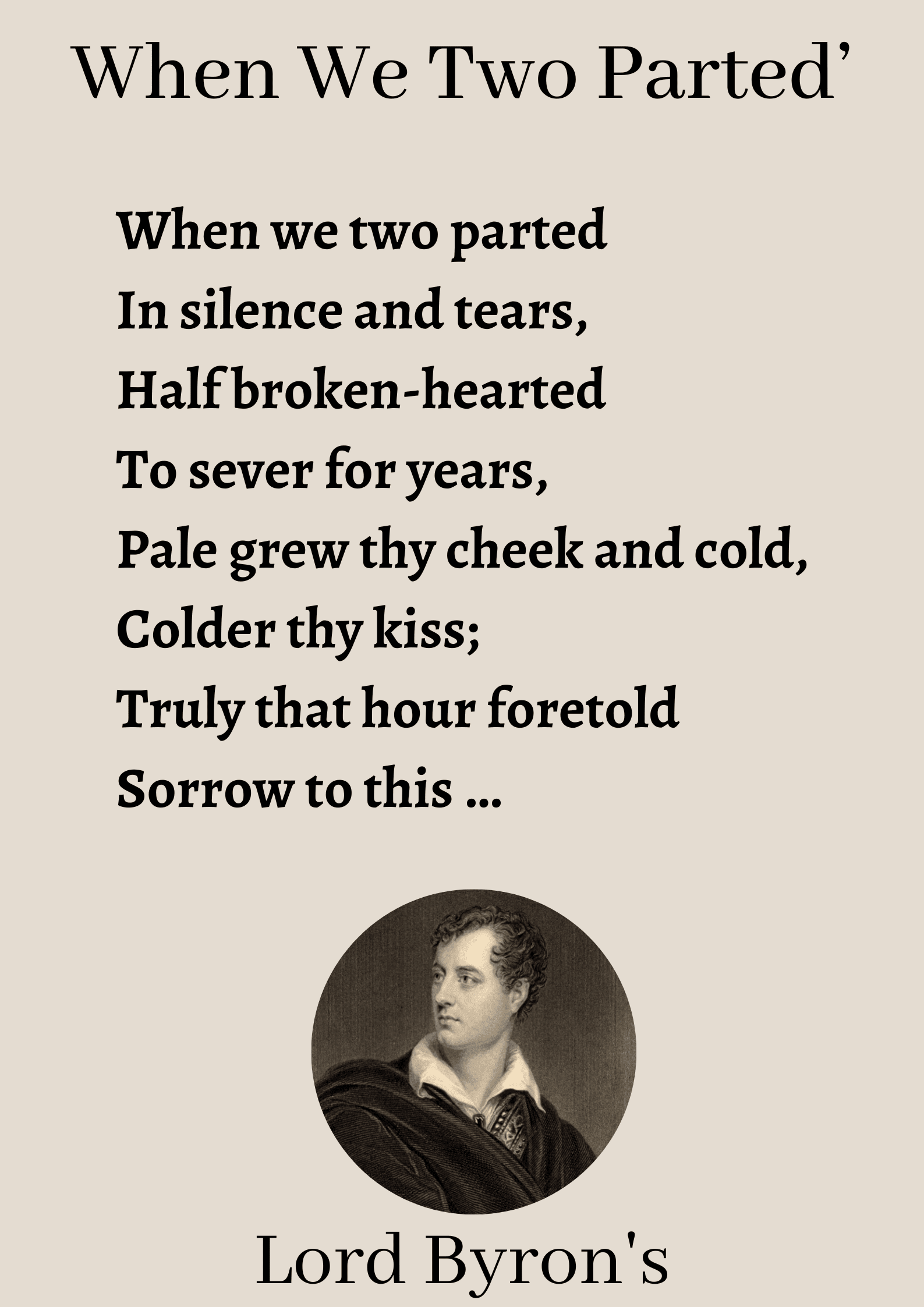 Lord Byron was one of the most prolific and popular poets of his time. He was also one of the most controversial figures of the Romantic Movement. His poetry is characterized by its intensity of feeling and its expression of deep emotion. Lord Byron was a master of lyrical poems, and many of his poems are about love.
One of Lord Byron’s most famous poems is “She Walks in Beauty.” This poem is about a woman who is so beautiful that she seems to be lit from within. The speaker is deeply in love with this woman, and he compares her to a night sky full of stars.
Another great poem by Lord Byron is “So We’ll Go No More A-Roving.” This poem is about two lovers who have decided to end their relationship. The speaker reflects on all the places they have been together and all the things they have done.
Lord Byron’s deep-in-love poems reflect the poet’s love life. While the poet wrote his most romantic verses while traveling throughout Europe, he also devoted his life to the cause of Greek liberty. His poems on love and loss shed light on the poet’s legendary amorous exploits, from his schoolboy imitation of Catullus to his tender odes to his half-sister, Augusta Leigh.
Many of the poems in Lord Byron’s collection have a romantic element, making them a good choice for lovers of romantic literature. One of Byron’s most famous works, Childe Harold’s Pilgrimage, was featured in the film Into the Wild. The poem contains elements of autobiography. In 1812, Byron was a young nobleman.
After his mother’s death, Byron began an affair with his half-sister Augusta. She had been married to Colonel George Leigh since 1807 and was the only remaining close relative. Although there is no direct evidence, this relationship is considered incestuous. Byron’s love for Augusta was fueled by mixed emotions of guilt and exultation.
Lord Byron was one of the most prolific and popular poets of his time. He was also one of the most controversial figures of the Romantic Movement. His poetry is characterized by its intensity of feeling and its expression of deep emotion. Lord Byron was a master of lyrical poems, and many of his poems are about love.
One of Lord Byron’s most famous poems is “She Walks in Beauty.” This poem is about a woman who is so beautiful that she seems to be lit from within. The speaker is deeply in love with this woman, and he compares her to a night sky full of stars.
Another great poem by Lord Byron is “So We’ll Go No More A-Roving.” This poem is about two lovers who have decided to end their relationship. The speaker reflects on all the places they have been together and all the things they have done.
Lord Byron’s deep-in-love poems reflect the poet’s love life. While the poet wrote his most romantic verses while traveling throughout Europe, he also devoted his life to the cause of Greek liberty. His poems on love and loss shed light on the poet’s legendary amorous exploits, from his schoolboy imitation of Catullus to his tender odes to his half-sister, Augusta Leigh.
Many of the poems in Lord Byron’s collection have a romantic element, making them a good choice for lovers of romantic literature. One of Byron’s most famous works, Childe Harold’s Pilgrimage, was featured in the film Into the Wild. The poem contains elements of autobiography. In 1812, Byron was a young nobleman.
After his mother’s death, Byron began an affair with his half-sister Augusta. She had been married to Colonel George Leigh since 1807 and was the only remaining close relative. Although there is no direct evidence, this relationship is considered incestuous. Byron’s love for Augusta was fueled by mixed emotions of guilt and exultation.
Rita Dove’s Poems
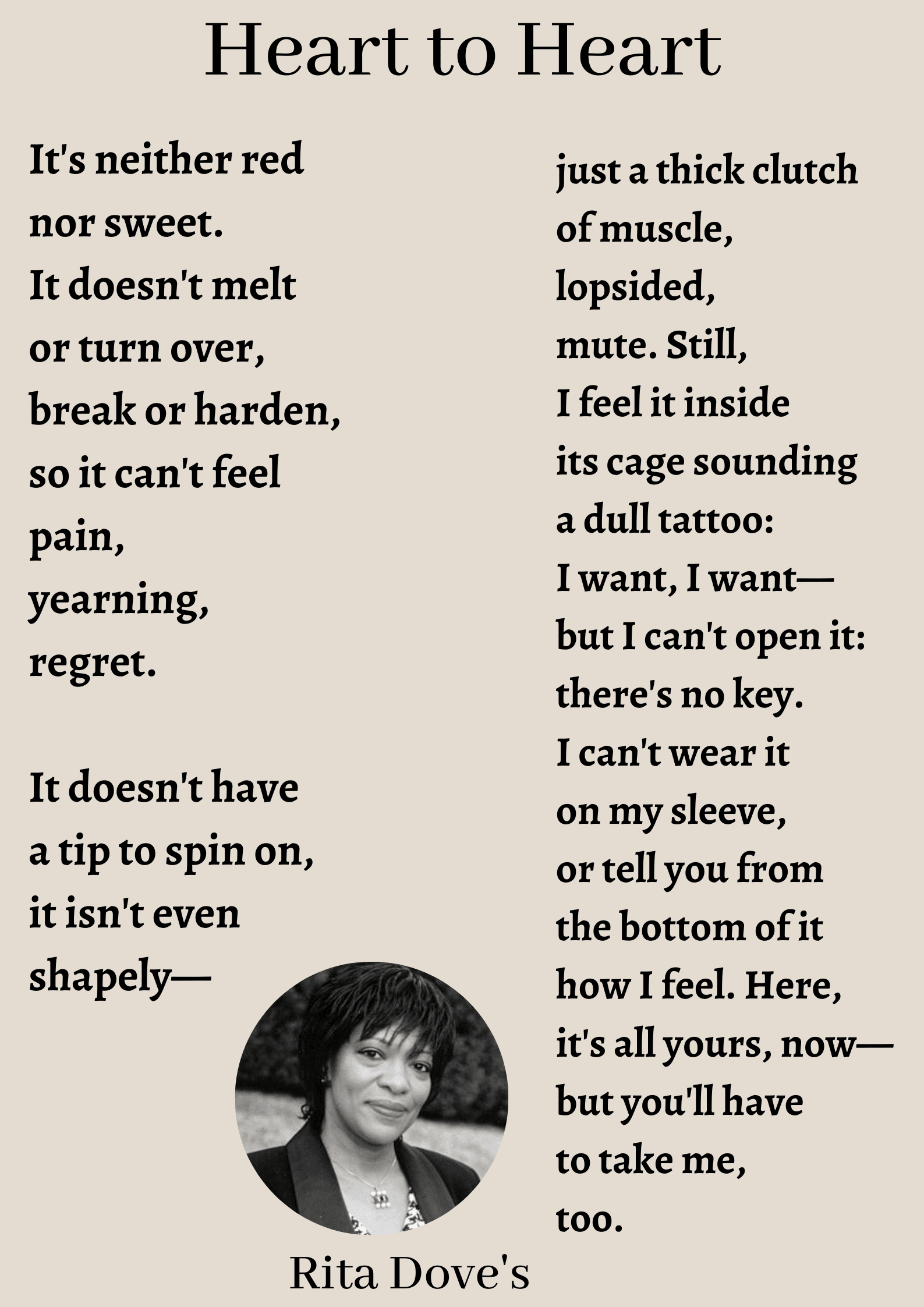 Rita Dove’s poetry is deeply personal, yet rooted in historical contexts. She explores the impact of American history on individual citizens, setting her own life and experiences against historical backdrops. As she blends her personal story with the political climate of the United States, her poems force readers to contemplate the effects of American history on their lives.
Rita Dove was born in Akron, Ohio in 1952, and developed a love for literature and learning at a young age. She was named a Presidential Scholar and studied abroad in Germany on a Fulbright Scholarship. She later taught creative writing at Arizona State University and received several awards for her poetry. She first made her literary debut with the poetry collection “The Yellow House on the Corner.” Her writing was noted for its sense of history and individual detail.
Like her dance, Dove’s poems are deeply personal. She uses the sonnet form to make her poems as personal as possible. She chooses the sonnet format because she felt it would make each poem a poem within a poem. She uses this structure to explore the intimate relationships within the ancient myth, as well as the pain of letting go and watching a child grow up.
Rita Dove is an amazing poet who has the ability to make her readers feel the emotions she is writing about. Her “Deep in Love Poems” are some of the most beautiful and moving poems I have ever read. They are so full of love and passion, and Dove captures the feeling of being deeply in love perfectly.
When I read her poems, I can feel my own heart beating faster and I am filled with a sense of longing and desire. These poems make me feel alive and remind me of what it feels like to be deeply in love. I am so grateful to Rita Dove for writing these beautiful poems that allow me to experience such intense emotions.
Rita Dove’s poetry is deeply personal, yet rooted in historical contexts. She explores the impact of American history on individual citizens, setting her own life and experiences against historical backdrops. As she blends her personal story with the political climate of the United States, her poems force readers to contemplate the effects of American history on their lives.
Rita Dove was born in Akron, Ohio in 1952, and developed a love for literature and learning at a young age. She was named a Presidential Scholar and studied abroad in Germany on a Fulbright Scholarship. She later taught creative writing at Arizona State University and received several awards for her poetry. She first made her literary debut with the poetry collection “The Yellow House on the Corner.” Her writing was noted for its sense of history and individual detail.
Like her dance, Dove’s poems are deeply personal. She uses the sonnet form to make her poems as personal as possible. She chooses the sonnet format because she felt it would make each poem a poem within a poem. She uses this structure to explore the intimate relationships within the ancient myth, as well as the pain of letting go and watching a child grow up.
Rita Dove is an amazing poet who has the ability to make her readers feel the emotions she is writing about. Her “Deep in Love Poems” are some of the most beautiful and moving poems I have ever read. They are so full of love and passion, and Dove captures the feeling of being deeply in love perfectly.
When I read her poems, I can feel my own heart beating faster and I am filled with a sense of longing and desire. These poems make me feel alive and remind me of what it feels like to be deeply in love. I am so grateful to Rita Dove for writing these beautiful poems that allow me to experience such intense emotions.
Rupi Kaur Love Poems
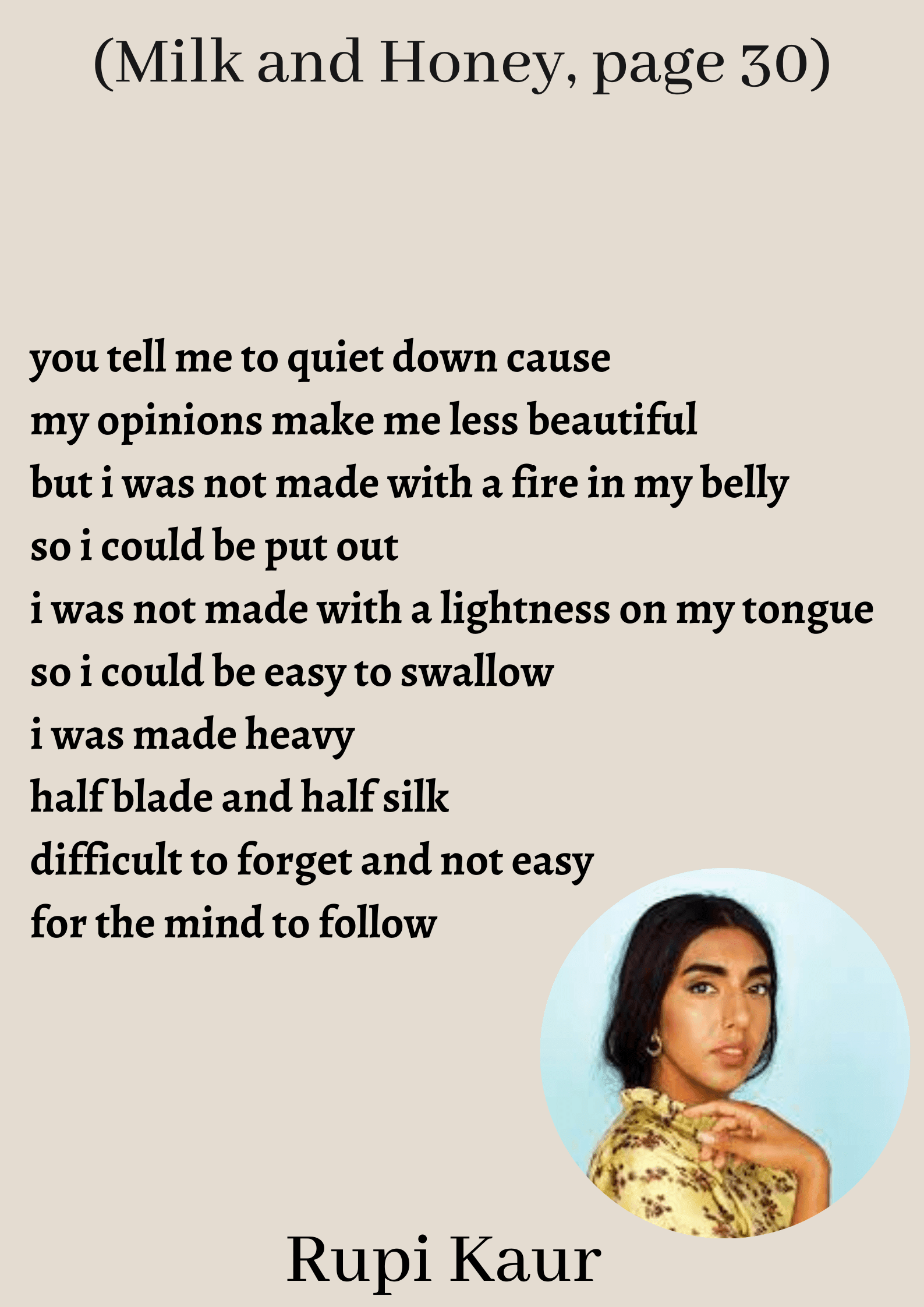 Rupi Kaur’s poetry is often described as being deeply personal and intimate. Her work often deals with topics of love, loss, and heartbreak. In her poem “Deep in Love”, she explores the depths of love and its ability to both heal and hurt.
Kaur’s writing is often praised for its raw emotion and vulnerability. In his poems, she opens up about the pain of love, and how it can both give and take away. She writes about how love can be both a blessing and a curse, and how it can leave us feeling both broken and whole.
Her words are resonant and deeply moving. She speaks in her poems about the universal experience of love, and how it can sometimes be both beautiful and devastating. Kaur’s work is always honest and fearless, offering a powerful voice to those who have been hurt by love.
Rupi Kaur’s deeply personal, emotional poetry will touch the hearts of readers no matter their racial or religious background. Kaur is a poet, an artist, and a role model for young women. Her poetry is easy to read, without needing a critical theory dictionary or multiple readings.
Born in Punjab, India, Rupi Kaur immigrated to Canada with her family when she was a young girl. She began performing poetry in 2009 and gained fame as a social media star. Since then, she has published three books of poetry. Her most recent book, Milk and Honey, has sold over 2.5 million copies.
Rupi Kaur’s love poems touch on a variety of topics, from love to lose and breakups to healing. The poet’s work has earned her millions of followers around the world, thanks to her popularity on social media and self-publication. A few of her most powerful love poems include ‘for him’ and ‘untitled’. Both take a look at the challenges of love and how to overcome them.
Rupi Kaur’s poetry is often described as being deeply personal and intimate. Her work often deals with topics of love, loss, and heartbreak. In her poem “Deep in Love”, she explores the depths of love and its ability to both heal and hurt.
Kaur’s writing is often praised for its raw emotion and vulnerability. In his poems, she opens up about the pain of love, and how it can both give and take away. She writes about how love can be both a blessing and a curse, and how it can leave us feeling both broken and whole.
Her words are resonant and deeply moving. She speaks in her poems about the universal experience of love, and how it can sometimes be both beautiful and devastating. Kaur’s work is always honest and fearless, offering a powerful voice to those who have been hurt by love.
Rupi Kaur’s deeply personal, emotional poetry will touch the hearts of readers no matter their racial or religious background. Kaur is a poet, an artist, and a role model for young women. Her poetry is easy to read, without needing a critical theory dictionary or multiple readings.
Born in Punjab, India, Rupi Kaur immigrated to Canada with her family when she was a young girl. She began performing poetry in 2009 and gained fame as a social media star. Since then, she has published three books of poetry. Her most recent book, Milk and Honey, has sold over 2.5 million copies.
Rupi Kaur’s love poems touch on a variety of topics, from love to lose and breakups to healing. The poet’s work has earned her millions of followers around the world, thanks to her popularity on social media and self-publication. A few of her most powerful love poems include ‘for him’ and ‘untitled’. Both take a look at the challenges of love and how to overcome them.
Carol Ann Duffy’s
Carol Ann Duffy’s love poems are some of the most beautiful and honest I’ve ever read. They manage to capture both the joy and pain of love, and they always feel fresh and new. Duffy’s love poems often explore the dark side of love, and she isn’t afraid to tackle difficult subjects. In “Deep in Love,” she explores what it means to be truly in love, and how it can sometimes be messy and complicated. But she also celebrates the good parts of being in love, like feeling alive and feeling connected to someone else.Carol Ann Duffy’s Poems
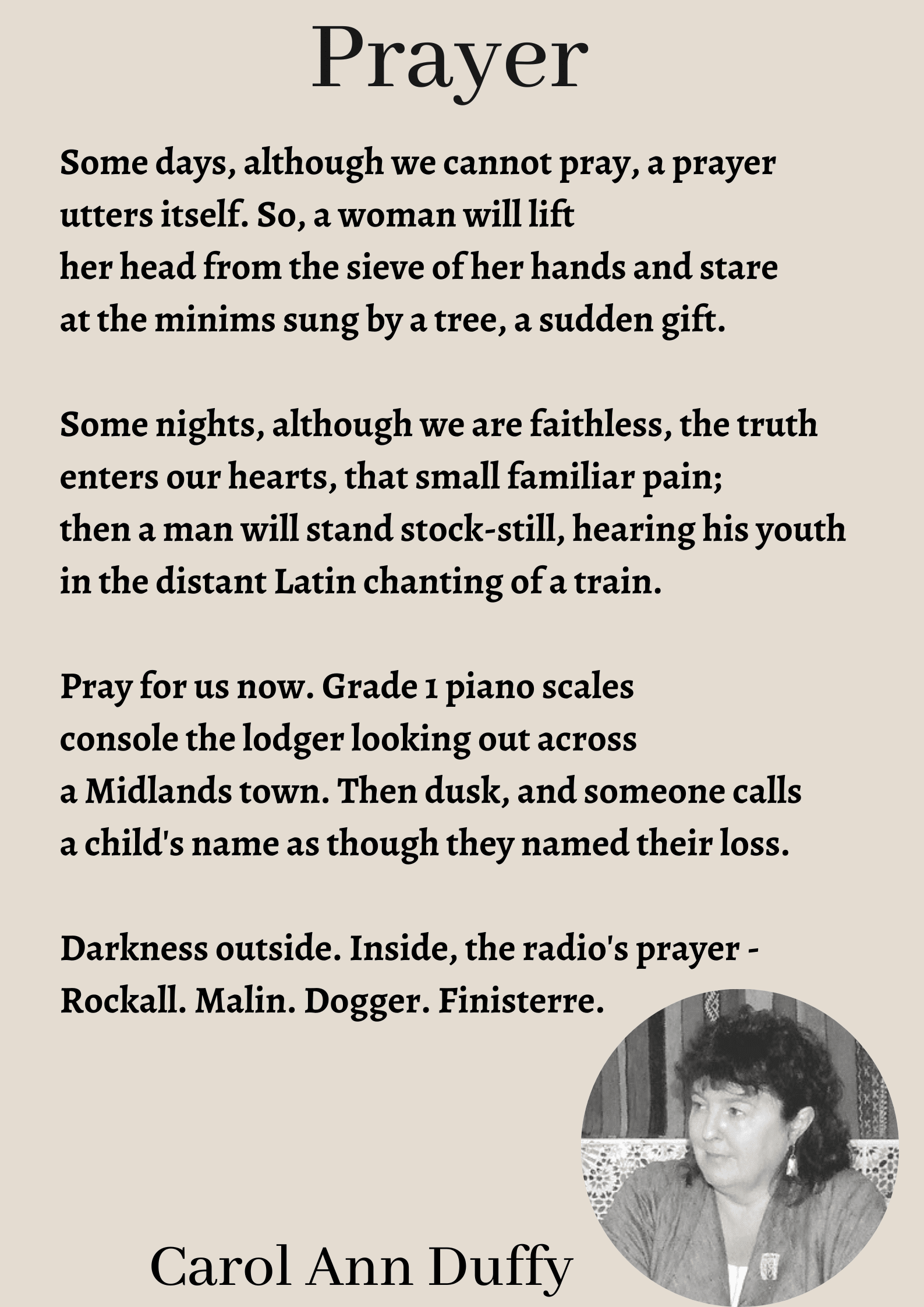 Carol Ann Duffy’s love poems are some of the most beautiful and moving pieces of poetry I have ever read. Her ability to capture the essence of love in all its forms is truly remarkable.
Duffy’s poems always make me feel hopeful about love, even when they’re exploring its darker aspects. They remind me that love is worth fighting for, even when it isn’t easy.
Carol Ann Duffy’s deep-in-love poetry is full of the kind of heartwarming sentiment you wouldn’t normally associate with love. Duffy uses an onion metaphor to explain why love is more complex than simply a romantic gesture. She explains that love is not always easy and that you may even find yourself crying a bit.
The poem ‘The Love Poem’, which appears in Duffy’s 2005 collection Rapture, portrays Duffy’s struggle to find the right words to describe love. Here, Duffy gets metafictional and invokes some of the most famous love poems in literature.
Duffy’s poems have a distinctly Scottish flair. She was raised Catholic, and her family lived in a poorer part of Glasgow. Despite her upbringing, Duffy was able to create powerful, memorable poems that are rooted in the heart. She also incorporates social critique into her poetry, and the voices of many contemporary characters are portrayed through her poetic work.
Carol Ann Duffy’s love poems are some of the most beautiful and moving pieces of poetry I have ever read. Her ability to capture the essence of love in all its forms is truly remarkable.
Duffy’s poems always make me feel hopeful about love, even when they’re exploring its darker aspects. They remind me that love is worth fighting for, even when it isn’t easy.
Carol Ann Duffy’s deep-in-love poetry is full of the kind of heartwarming sentiment you wouldn’t normally associate with love. Duffy uses an onion metaphor to explain why love is more complex than simply a romantic gesture. She explains that love is not always easy and that you may even find yourself crying a bit.
The poem ‘The Love Poem’, which appears in Duffy’s 2005 collection Rapture, portrays Duffy’s struggle to find the right words to describe love. Here, Duffy gets metafictional and invokes some of the most famous love poems in literature.
Duffy’s poems have a distinctly Scottish flair. She was raised Catholic, and her family lived in a poorer part of Glasgow. Despite her upbringing, Duffy was able to create powerful, memorable poems that are rooted in the heart. She also incorporates social critique into her poetry, and the voices of many contemporary characters are portrayed through her poetic work.
Faiz Ahmed Faiz’s
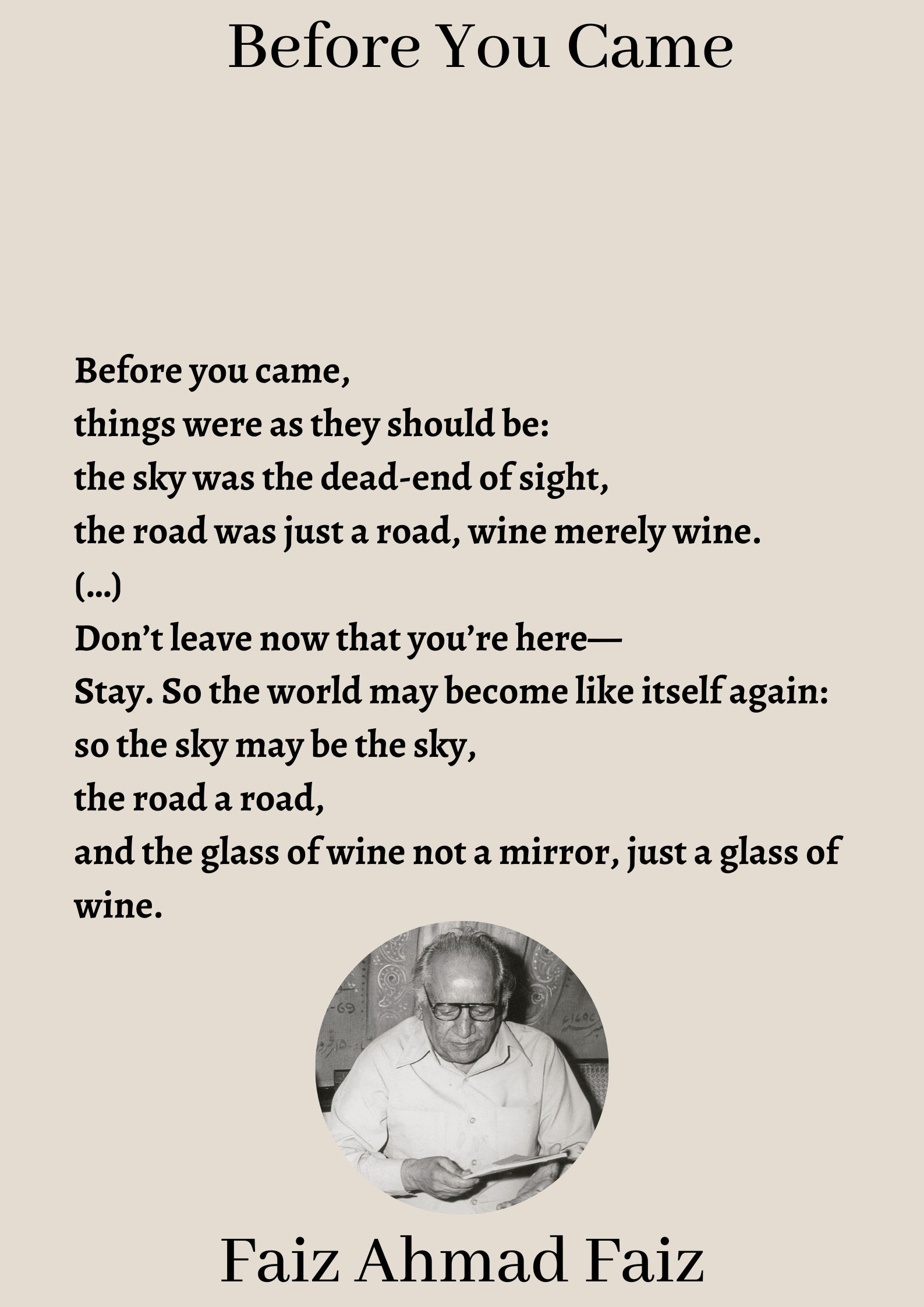 Faiz Ahmed Faiz was a Pakistani poet who is considered one of the most influential poets of the 20th century. His poetry is known for its beauty, depth, and passion.
Deep in Love Poems is a collection of Faiz Ahmed Faiz’s love poems. The poems in this collection are some of the most beautiful and passionate love poems ever written. They are sure to touch the hearts of anyone who reads them.
In Faiz Ahmed’s poem, “Mujhse pehli si Mohabbat,” he wrote of the intoxicating love of the world. This poem is a rousing call for the freedom of the Indian masses, and it has inspired many modern writers. The poem also speaks to the suffering of the oppressed.
Faiz’s poems are filled with social and political criticism. The poet fought against oppression on a global scale, and his poems do not limit their themes to any specific time period. They resonate with all those who wish to fight injustice and oppression. Faiz was imprisoned for four years in the 1950s, and he later lived in exile in Beirut for several years
Faiz Ahmed Faiz is well known for his revolutionary writings and poetry. His works are popular in the Indo-Pak subcontinent but are largely unknown outside the region. He is particularly acclaimed in the former Soviet Union, but there are few translations of his work in other languages. Translations of his poems into English and critical appraisals of Faiz’s work are needed.
Faiz Ahmed Faiz was a Pakistani poet who is considered one of the most influential poets of the 20th century. His poetry is known for its beauty, depth, and passion.
Deep in Love Poems is a collection of Faiz Ahmed Faiz’s love poems. The poems in this collection are some of the most beautiful and passionate love poems ever written. They are sure to touch the hearts of anyone who reads them.
In Faiz Ahmed’s poem, “Mujhse pehli si Mohabbat,” he wrote of the intoxicating love of the world. This poem is a rousing call for the freedom of the Indian masses, and it has inspired many modern writers. The poem also speaks to the suffering of the oppressed.
Faiz’s poems are filled with social and political criticism. The poet fought against oppression on a global scale, and his poems do not limit their themes to any specific time period. They resonate with all those who wish to fight injustice and oppression. Faiz was imprisoned for four years in the 1950s, and he later lived in exile in Beirut for several years
Faiz Ahmed Faiz is well known for his revolutionary writings and poetry. His works are popular in the Indo-Pak subcontinent but are largely unknown outside the region. He is particularly acclaimed in the former Soviet Union, but there are few translations of his work in other languages. Translations of his poems into English and critical appraisals of Faiz’s work are needed.
The Psychology of Being Deeply in Love
Studies show that people in long-term, emotionally healthy relationships experience higher serotonin and dopamine levels — the same chemicals linked to creativity and joy.
This scientific truth mirrors what poets have always known: love expands the mind and opens the imagination.
Being deeply in love brings:
-
Emotional regulation — partners feel safer and more grounded.
-
Increased empathy — the ability to see through another’s eyes.
-
Creative expression — a natural urge to articulate the inarticulable.
Poetry becomes the perfect outlet for this. The more deeply we love, the more naturally we write.
How to Express Deep Love Through Words
-
Start with honesty.
Write what you actually feel, not what you think sounds poetic. Authenticity moves hearts faster than rhyme. -
Use sensory language.
What does your love look like? Sound like? Smell like after rain? The more tangible your images, the deeper the emotional connection. -
Include contrasts.
Great love poems often balance light and shadow — joy and ache, union and distance. -
Keep it personal.
Your specific details — the scarf she wore, the streetlight glow — make universal emotions feel real. -
Let silence speak.
The spaces between your words are as meaningful as the words themselves.
Classic vs. Modern Deep Love Poetry
| Classic Poets | Modern Poets |
|---|---|
| Shakespeare, Byron, Faiz | Rupi Kaur, Amanda Lovelace, Lang Leav |
| Elevated language, metaphors | Minimalist and direct tone |
| Love as eternal ideal | Love as personal journey |
| Structured forms (sonnets, odes) | Free verse and visual layout |
| Universal emotion | Intimate self-expression |
Both styles share one truth — deep love is timeless. It adapts its language but never loses its voice.
5 Ways Poetry Strengthens Love
-
It deepens communication. Poetry helps you articulate what ordinary speech cannot.
-
It builds emotional intimacy. Sharing verses creates shared vulnerability.
-
It preserves memory. Poems become time capsules of your relationship.
-
It promotes mindfulness. Writing about love makes you more aware of its daily presence.
-
It heals. Poetry can turn heartbreak into art — transforming pain into wisdom.
Frequently Asked Questions
1. What makes a love poem timeless?
A timeless poem transcends trend or language — it speaks to emotions that never fade: hope, longing, faith, and connection.
2. How do I write my own deep love poem?
Begin with one vivid image or memory. Describe it through the five senses. Let meaning emerge naturally.
3. Why does reading love poetry feel therapeutic?
Because it validates your emotions — showing that love’s beauty and difficulty are universal.
4. Which poets are best for studying deep love themes?
Start with Shakespeare, Byron, Pablo Neruda, Rita Dove, and Rupi Kaur. Each reveals a unique facet of love’s complexity.
5. Is poetry still relevant in the age of social media?
Absolutely. Poetry thrives on platforms like Instagram and Pinterest because it condenses emotion into sharable, visual form.
Conclusion – Love as a Living Language
To be deep in love is to live with an open heart — to feel both the ache and the miracle of human connection.
Poetry reminds us that love, no matter how fragile, always finds its form.
“For love is not a moment; it is a movement — one that writes us even as we write it.”
So, take a breath. Pick up your pen.
Let your love become language — and your language become forever.





